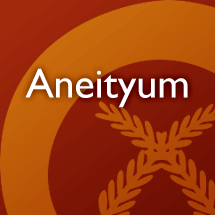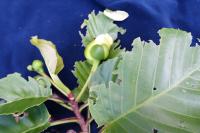Your search for * in family Dilleniaceae has returned 4 entries
nijcel
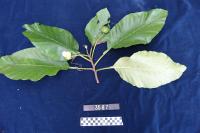
n. tree, 7-8 m tall (collection: Gregory M. Plunkett #3587)
Example: 1. If the preferred banana leaves are not available to wrap food for cooking, then use young leaves of this species and tie taro and fish for cooking. 2. Use leaves to wrap fresh water prawns and fresh water fish and cook them on charcoal. Use as a cup by making funnel out of leaf and drink from it. 3. Used for unspecified ritual activities.
bookmarknijcel
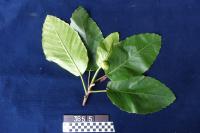
n. tree, 8-9 m tall (collection: Gregory M. Plunkett #3655)
Example: If the preferred banana leaves are not available to wrap food for cooking, then use young leaves of this species and tie taro and fish for cooking. Take 4-5 leaves and wrap the food with the leaves. Tie a rope around the food and tie them all together using any strong vine. They can then be cooked over an open fire.
bookmarknijcel
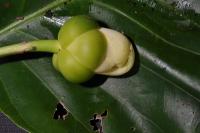
n. tree, 10-12 m tall (collection: Gregory M. Plunkett #4061)
Example: 1. When cooking "Naura" (freshwater prawns), the leaves are used to wrap them before they are roasted in a fire. 2. When making lap-lap (a traditional dish made of grated root crops), and the lap-lap leaf is unavailable (Heliconia sp.), use the large leaf of this species to wrap the taro.
bookmark